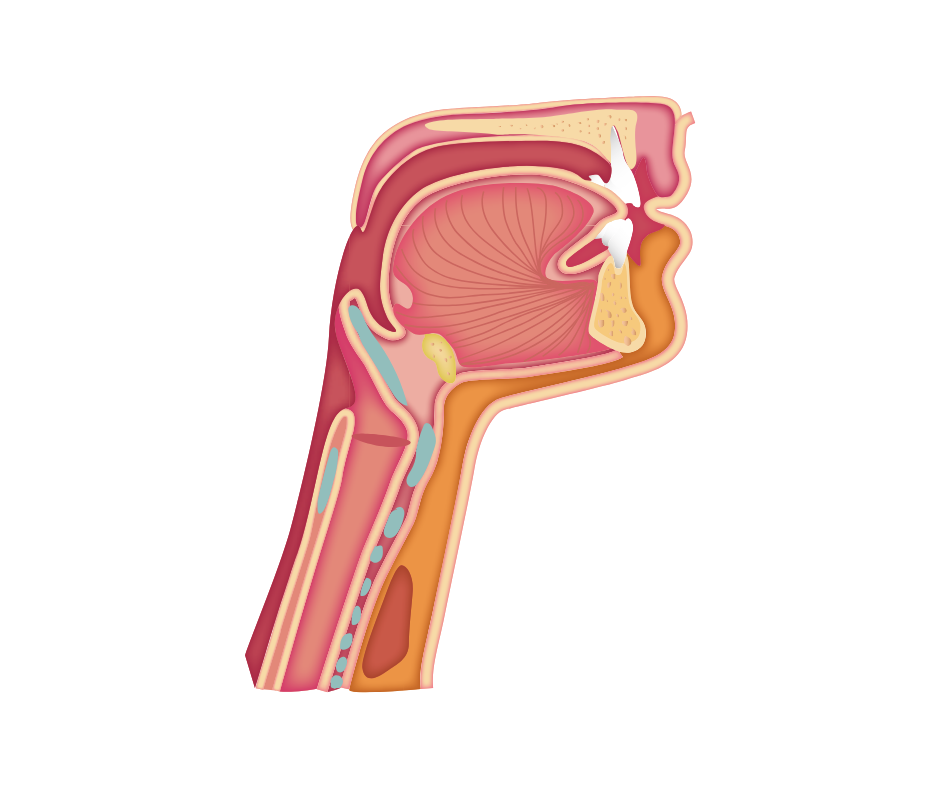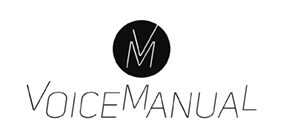We evaluate our own and other’s singing mostly by what we hear. Besides to listening, smart singers also learn to notice what they are doing in the body because it is the most efficient way to learn new things and on the other hand to strengthen the existing skills – and also to solve problems. Reflecting our own singing can be very challenging but it is also a skill that can be improved. We made a list of questions to help you train it.

What Is Vocal Tract?
Vocal Tract is a “tube” that goes from the vocal folds to the lips. The voice is being adjusted while “travelling” through the vocal tract.

Self-Monitoring The Shape And The Size Of The Vocal Tract
The vocal tract can be larger or narrower, shorter or longer or anything between in singing. The shape of the vocal tract varies with the pitch, with the lyrics, with the brightness or the darkness of the voice and so on. Self-monitoring the vocal tract covers a large area in the pharynx and in the mouth. Tha changes in the vocal tract reflect easily to the vocal folds and to the breath.
Questions To Help To Self-Monitor The Vocal Tract
- Does your larynx lower when you inhale before singing? Does the larynx do something else when inhaling as preparation to singing?
- Do you feel that your vocal tract becomes larger or stays the same when inhaling before singing?
- What does inhalation feel A) in your tongue and B) in the back of the mouth when inhaling?
- What is the position of you A) tongue and B) your soft palate when you inhale?
- Do those mentioned above change when you start to sing?
- What is the shape of your vocal tract when you sing low notes?
- What is the shape of your vocal tract when you sing high notes?
- What is the shape of your vocal tract when you sing loudly?
- What is the shape of your vocal tract when you sing softly?
- Do you feel any narrowing in the vocal tract when you sing?
- Do you feel any tension or muscle work in and near the vocal tract when singing?
- Sing or glide with your voice up and down. What kind of effect does it have to your vocal tract?
- If you feel any uncomfortable tension or constriction in your vocal tract, where exactly? Then sing something with ease and compare what you are doing differently in your vocal tract.
- Is your voice nasalized? Compare changes in the vocal tract when the sound is oral and nasalized.
References:
Aura M., Laukkanen A-M., Ojala J., 2018. Laulunopettajien yleisimmin käyttämät laulupedagogiset käsitteet. Aineditaktiikka 2 (2), 38-70. DOI: 10.23988/ad.73222
Jordan-Kilkki P., Kauppinen E. & Korolainen-Viitasalo E. (toim.) Musiikkipedagogin käsikirja. Vuorovaikutus ja kohtaaminen musiikinopetuksessa. Opetushallitus. Tampere.
Juntunen M-L., Nikkanen H.M., Westerlund H. (toim.). Musiikkikasvattaja – Kohti reflektiivistä käytäntöä. Juva: PS-Kustannus.
Rauma J., 2019. Kehollisuus laulunopetuksessa. Sibelius-Akatemia.

